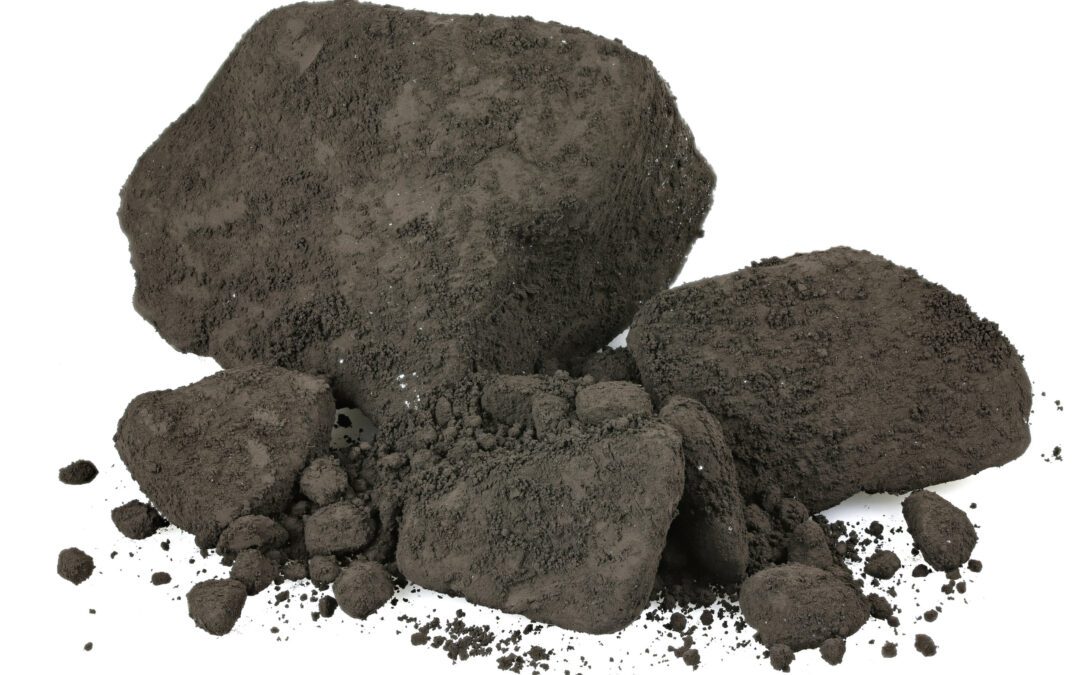Therefore foliar application timing is really a gamble, and even if applied at proper timing, these rates only provide a single season “bandaid,” with no ability to build the soil B supply. Complicating it even further is the effect of weather, particularly soil moisture, on boron uptake from the soil. But we know if we feed the soil enough, the soil will feed the crop.
These facts likely explain the relative variability of response to boron fertilizers in western Canada, and the reason why organizations like the Canola Council have made blanket statements that we don’t need boron, even though there have clearly been some trials show a response. Forget blanket statements – we need to figure out when, where, why, and how crops will respond to boron, because if a farmer can get a return on investment then it’s worth figuring out.
Aspire was designed with the agronomics of boron and 4Rs in mind. It offers a low analysis, inexpensive granular boron source that can deliver nutrients evenly across the field. Aspire delivers boron to the crop in a way we’ve never had before, opening up an opportunity for crop responses that we’ve never had.


